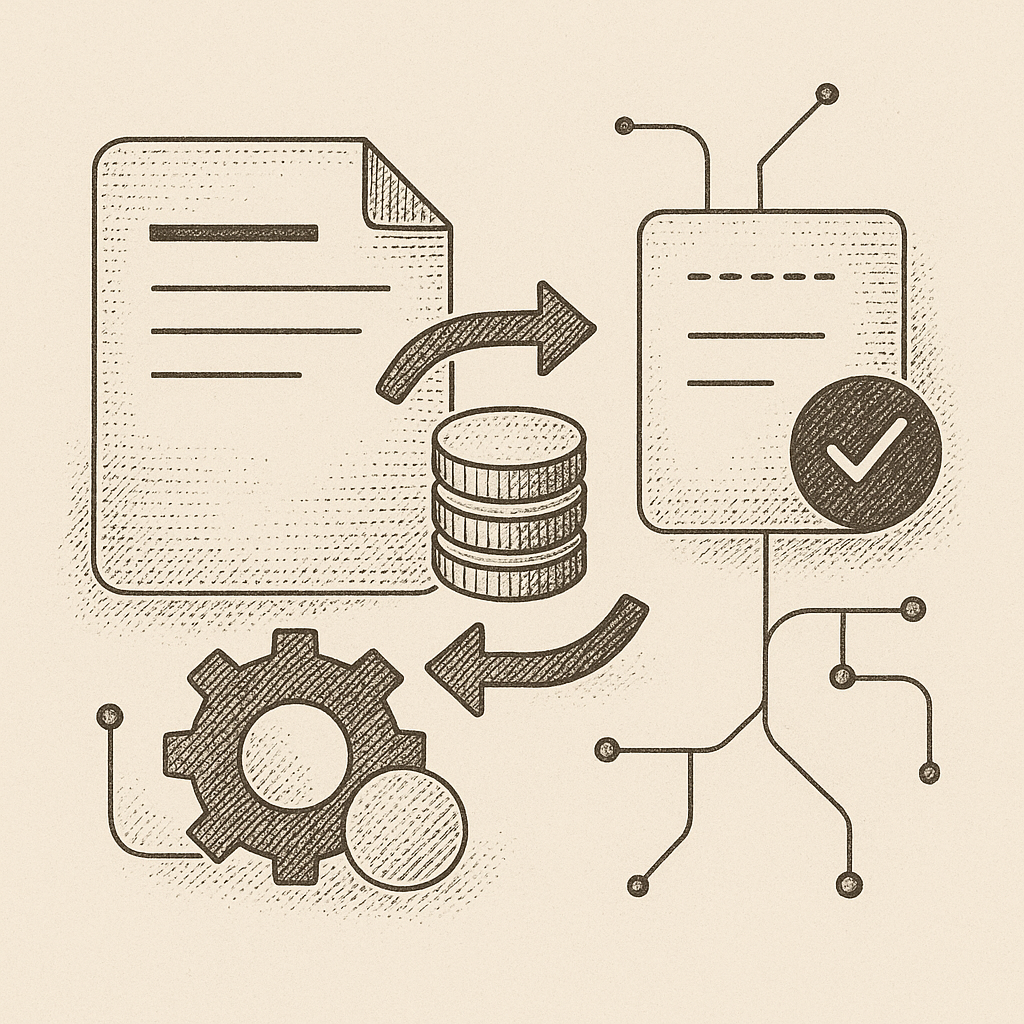Understanding Net Deduction Integration with ADP: A Complete Guide for Integrating with Toku
July 18, 2025


Do you need an international token compensation plan?
Learn MoreSetting up net deduction integration with ADP doesn't have to be complicated. While the process involves API tokens, field mapping, and testing protocols, companies using Toku typically complete implementation in under 2 weeks.
Section 1: What You'll Need (High Level)
Before beginning your ADP net deduction integration, ensure you have:
- Administrative access to your ADP system - specifically, you'll need Practitioner or Administrator level permissions (the exact location varies by your plan type)
- Your deduction codes - these might be called "voluntary deductions," "post-tax deductions," or "net pay adjustments" in your ADP instance (we'll help you find the right ones)
- API credentials - ADP requires a specific type of certificate-based authentication that's different from your regular login (there's a specific type you need)
- About 30 minutes with your payroll admin - plus additional time for testing and validation
90% of companies don't realize that ADP has different API access levels depending on whether you're using Workforce Now, RUN, or Vantage HCM. Each has its own quirks for net deduction setup.
Section 2: Common Challenges
Finding the API Section (It's Not Always Where You'd Expect)
For most Workforce Now tenants you can reach the credential and permission settings here:
- Setup > Security > Access Permissions > Marketplace Data Connector Profile
From that profile you can view or generate the Client ID, Client Secret, and download the Web-Services certificate. Menu labels and exact placement can differ in RUN, TotalSource, or Vantage, so if the path above is missing, open an ADP ticket or consult product-specific help.
Token Expiration Issues That Interrupt Deductions
ADP OAuth 2.0 access tokens expire after 60 minutes by default. When a token has lapsed, every API call immediately returns HTTP 401 “invalid_token”; ADP does not send a proactive warning. Best practice is to catch the 401 and request a new token with the Client-Credentials flow rather than hard-coding refresh logic that will never run.
Mapping Equity Vesting to Payroll Cycles
There are 3 critical fields you'll need to map correctly:
- Deduction Code that is active in your payroll setup
- Employee identifier (AssociateOID or File Number that matches ADP worker records)
- Amount or calculation basis (flat amount, percent, or rule-based)
Validate each field in a small payroll group before scaling up; a bad code or mismatched employee ID will cause the entire batch to reject, while re-posting the same event without idempotency controls can double-charge workers.
Testing Without Affecting Live Payroll
One client accidentally processed $50,000 in duplicate deductions during testing because they didn't realize ADP's sandbox behaves differently than production for net deductions. Using the test environment is the first step.
ADP provides a sandbox with synthetic employees, allowing full CRUD calls without affecting live payroll or GL data. Because the sandbox uses sample tables, some calculations (e.g., net-pay or garnishment limits) can differ from production; always confirm final results with real workers in a limited-earnings cycle before a broad launch.
Section 3: Why This Matters
The Hidden Costs of Manual Deduction Management
Managing equity deductions manually typically requires:
- 2-3 hours per payroll cycle for data entry
- 1-2 hours for reconciliation
- Additional time for error correction
One client saved 10 hours/month after automating their net deduction process with proper ADP integration.
Compliance Risks You Might Not Know About
- Tax reporting errors: Incorrect deduction timing can affect W-2 reporting
- Section 409A violations: Manual processes increase risk of missing blackout periods
- State-specific requirements: California, New York, and others have specific rules about deduction authorizations
ROI Metrics from Automated Integration
Companies typically see:
- 95% reduction in deduction errors
- 75% less time spent on payroll reconciliation
- 100% audit trail for compliance
- Same-day issue resolution vs. waiting for next payroll cycle
Section 4: The Toku Advantage
Pre-Built Mappings for All ADP Products
We've already mapped the integration pathways for:
- ADP Workforce Now
- ADP RUN
- ADP Vantage HCM
- ADP TotalSource
- Legacy ADP systems
This typically takes 2-3 weeks without guidance - our clients are usually live in 3-5 business days.
What Makes Toku's Integration Unique
Bi-Directional Sync Technology Unlike basic integrations that only push data one way, Toku:
- Reads and imports data from ADP to understand your current setup
- Writes deductions without disrupting existing processes
- Validates successful processing automatically
- Reconciles discrepancies before they become problems
Smart Deduction Engine Our integration intelligently handles:
- Complex vesting schedules that align with payroll cycles
- Multi-currency calculations for global teams
- Blackout period enforcement
- Tax withholding variations by jurisdiction
Dedicated Implementation Team
Your integration isn't just another ticket in a queue. Our team:
- Has completed 200+ ADP integrations
- Knows the undocumented quirks of each ADP version
- Provides same-day token troubleshooting
- Handles the "gotchas" that aren't in any manual
Ongoing Monitoring Included
Post-implementation, we:
- Monitor for token expiration
- Alert you to failed deductions immediately
- Provide monthly reconciliation reports
- Handle ADP API updates automatically
Implementation times vary - get your custom timeline
Every ADP setup is unique. Factors affecting your timeline:
- Your current ADP product and version
- Number of deduction types
- Employee count
- Testing requirements
- Current payroll cycle timing
Careers at Toku
Join us in solving the big problems for top organizations and foundations like Protocol Labs, Gnosis and Hedera.
.svg)
.svg)

